
Sailboat Drawing


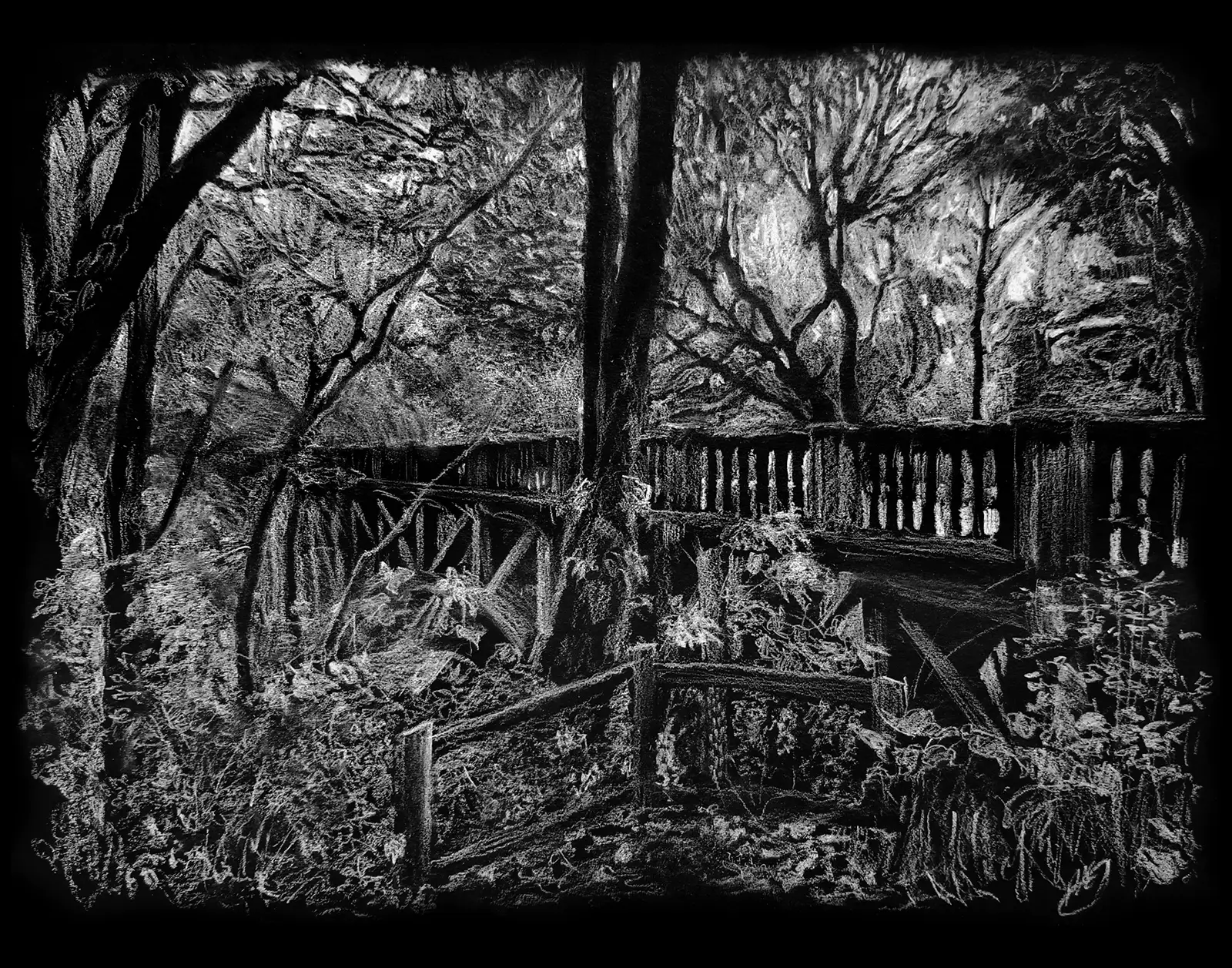


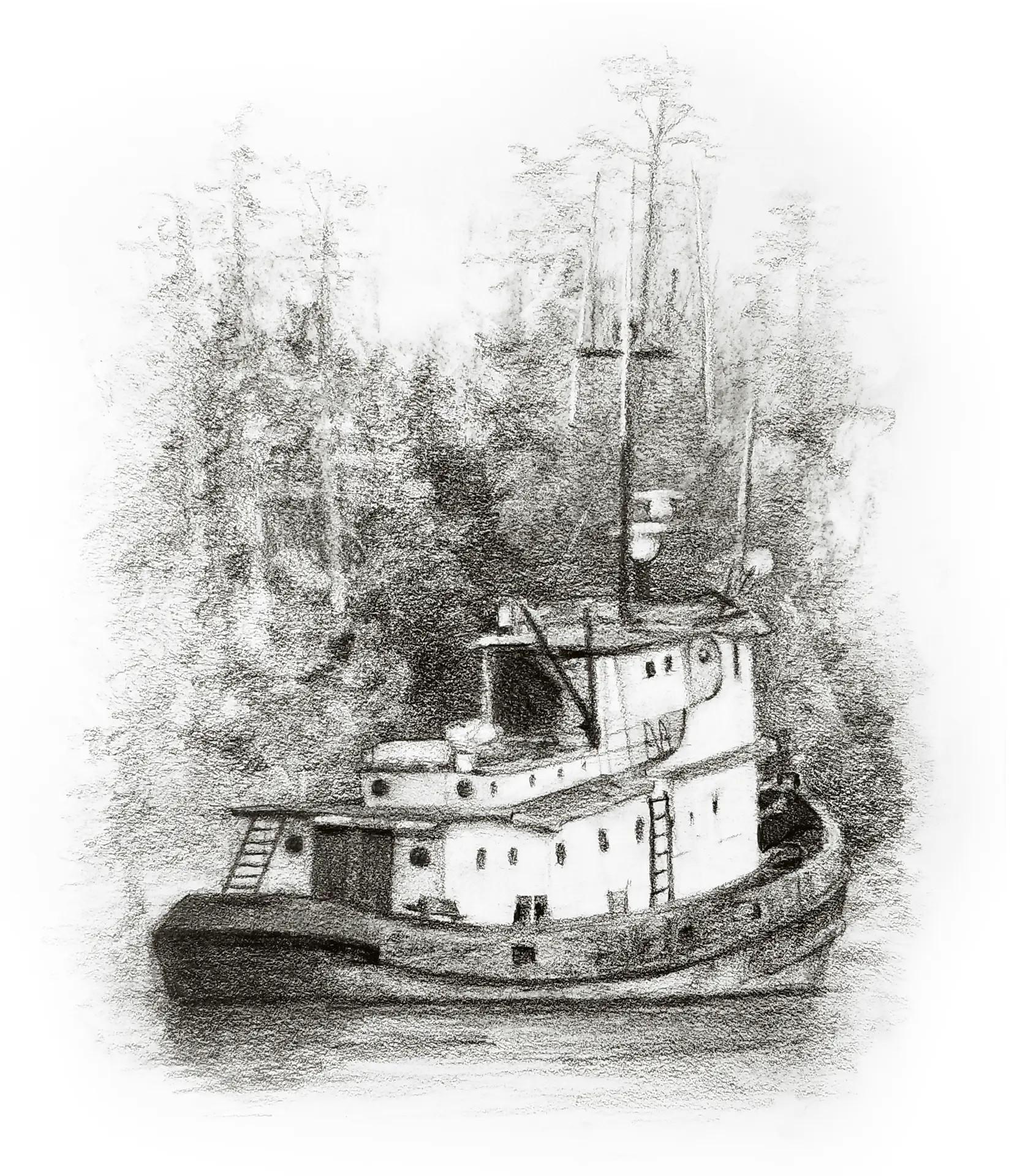
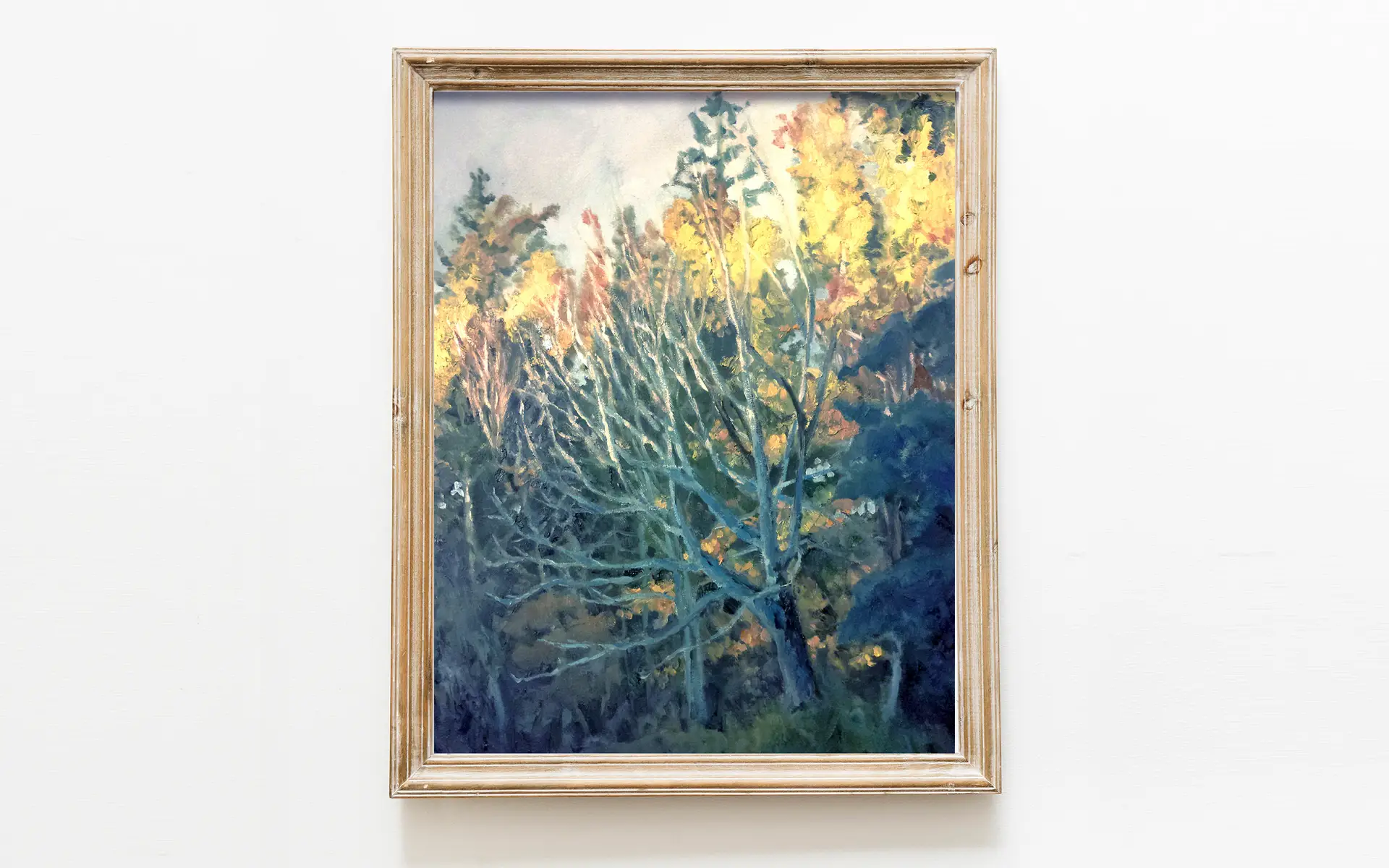
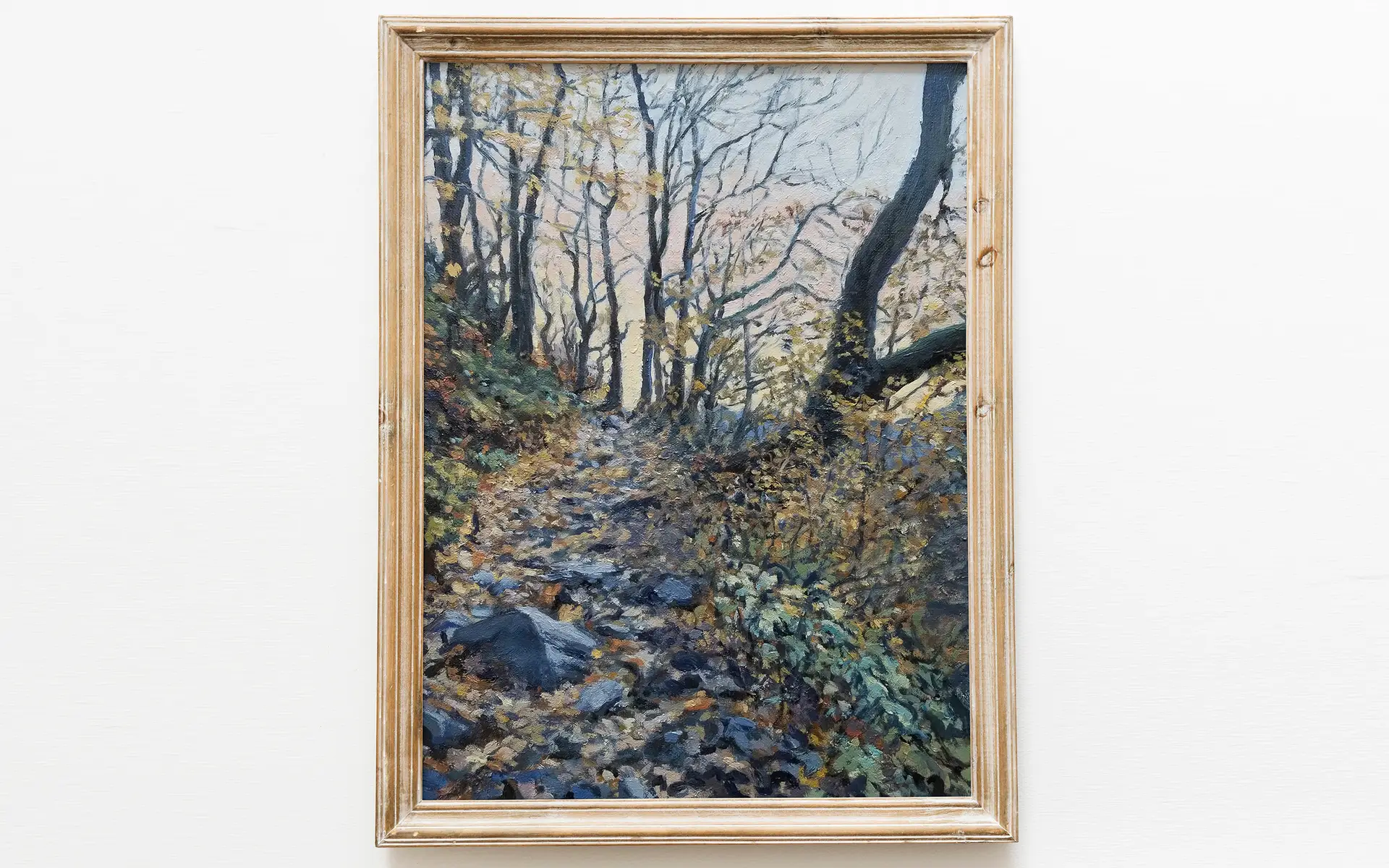

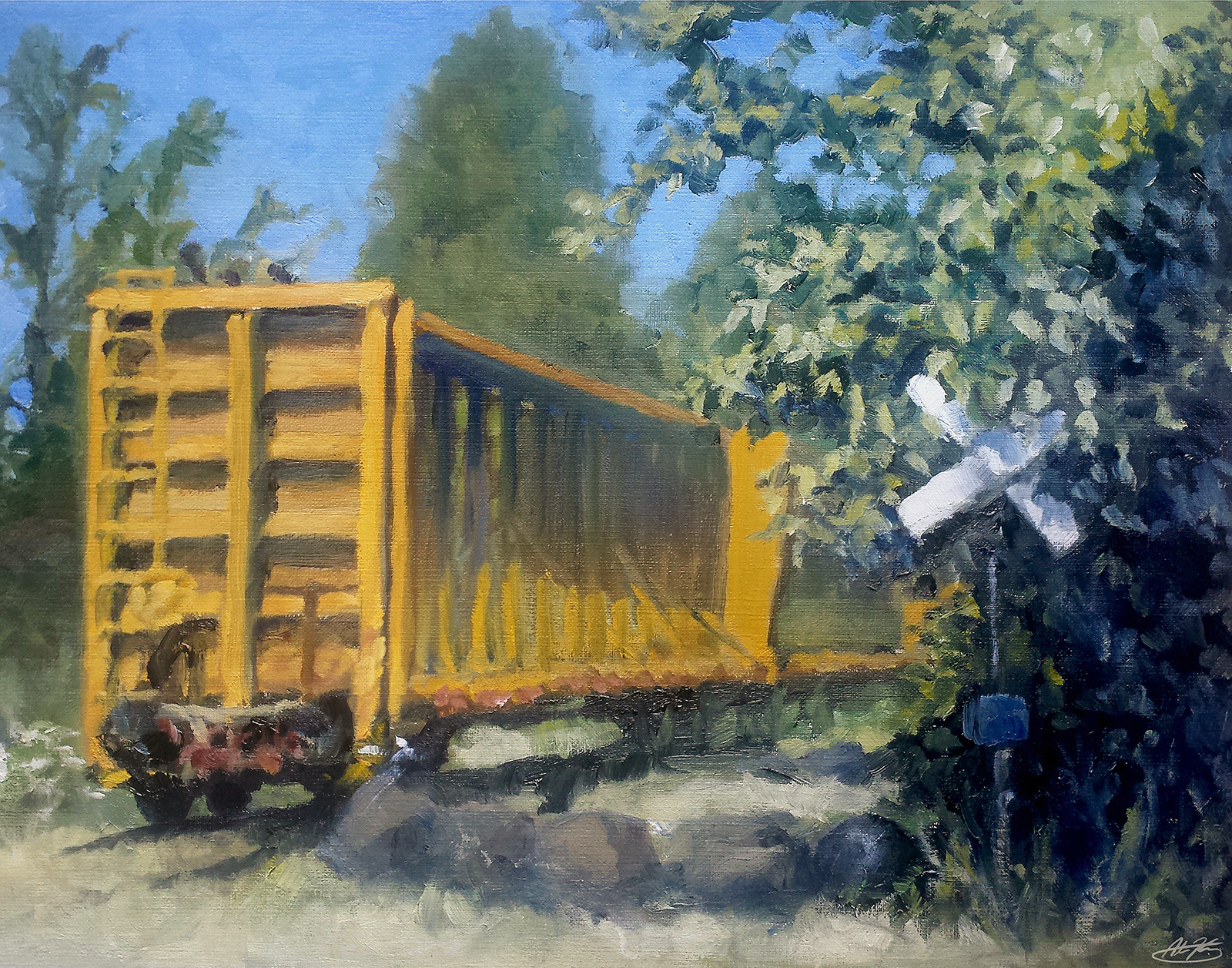

Haystack Rock is a geological formation off the coast of Oregon state, near Cannon Beach. Tourists flock to visit the sea stack because of its size and how close it is to the shoreline. It’s humongous! When the tide goes out, you can walk much closer and even see starfish and other sea life on and around it. It’s just another example of the beauty of the Pacific Coast.
My wife, Amber, and I went to visit Haystack Rock a few years ago, which is when I snapped the pictures that would serve as my reference for this painting. The weather was clear with some high-altitude clouds masking the sun slightly, resulting in beautiful colors and lighting. I took as many pictures as possible from all sorts of different angles, hoping that at least one of them would strike me as inspired when I went back through them.
One idea was to do a painting where Haystack Rock was the primary emphasis, large and in charge, looming straight down the center of the canvas. While I didn’t go in that direction, I am still intrigued by the idea and it might see the light of day, eventually. However, it just wasn’t exactly calling to me as much as a different composition – one that felt pretty unusual.
The composition that appealed to me was one that emphasized the beach, with the rock formations sitting in the distance. First of all, I think the landscape surrounding the ocean is just as beautiful as the water itself and is often far more interesting to look at. Secondly, I thought it might lend a bit more mystery to the rocks if I placed them in the distance, a bit vaguer and more removed, but present. It gives the rocks the personality that I wanted to infuse them with.
I am about the most boring color-chooser in the world. For years, I have picked the same colors over and over again for my paintings. I think you can easily see it when you look at my paintings. Until more recently I have not been the most courageous or knowledgeable color-guy. It’s only now that I’ve been studying color and light so much more, resulting in bolder choices with my paints.
This painting was a bit different for me because I built the whole thing around one color and it’s a color that comes straight from the tube. It’s one of those oddball colors that I typically don’t go for, because I have some weird thing about being traditional with my materials. I used a color called Radiant Blue from Gamblin. I thought it was some unusual pigment that was specific in some way, but recently I found out that it is essentially a combination of Titanium White and Ultramarine Blue pigments. So, now I feel less adventurous.
In any case, by emphasizing Radiant Blue, I was able to build the entire painting around it and keep myself from using too much white everywhere (something I’m prone to do). It essentially became my highlight. The sky, of course, is lighter, but that’s how I wanted it – the land a certain range of values and the sky its own.
As usual, I roughed in the major shapes of color and built up the paint over time. It helps me get a grip on my composition and have a handle on the components that build it up and make it what it is.

I hope you enjoy the Haystack Rock painting. It has become one of my more popular paintings. My mother-in-law really loves it and purchased it from me. While it is currently on display in a showing in Seattle, it usually hangs in her living area in her home, where it can remind her of the beach.
If you are interested in picking up your own high-quality print of the painting, you can find it here – Haystack Rock Art Print – Adam Kenney Art.
Thank you for reading!